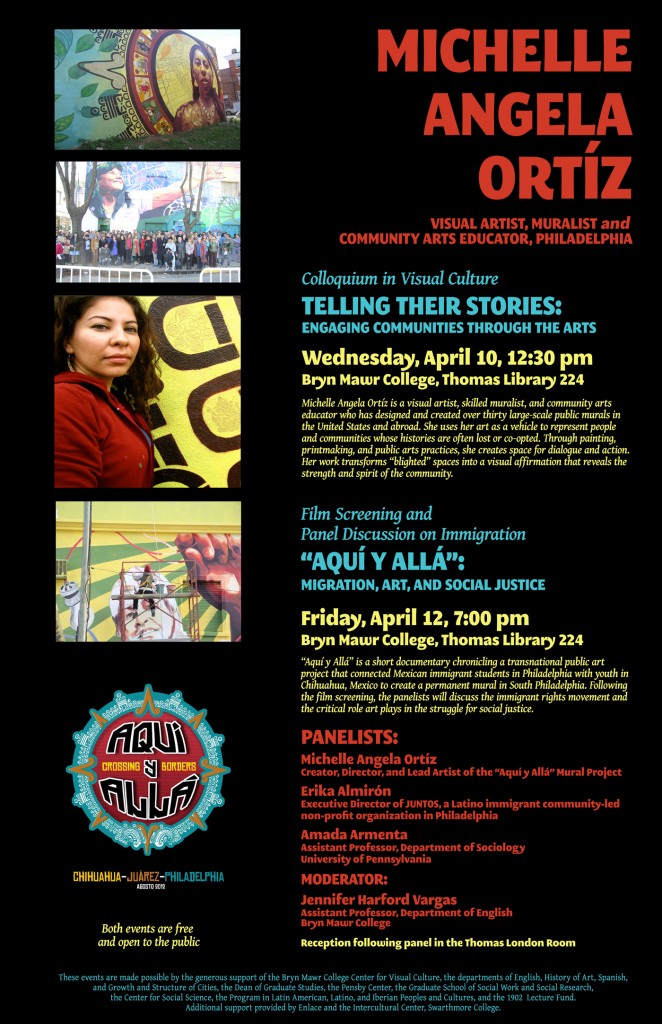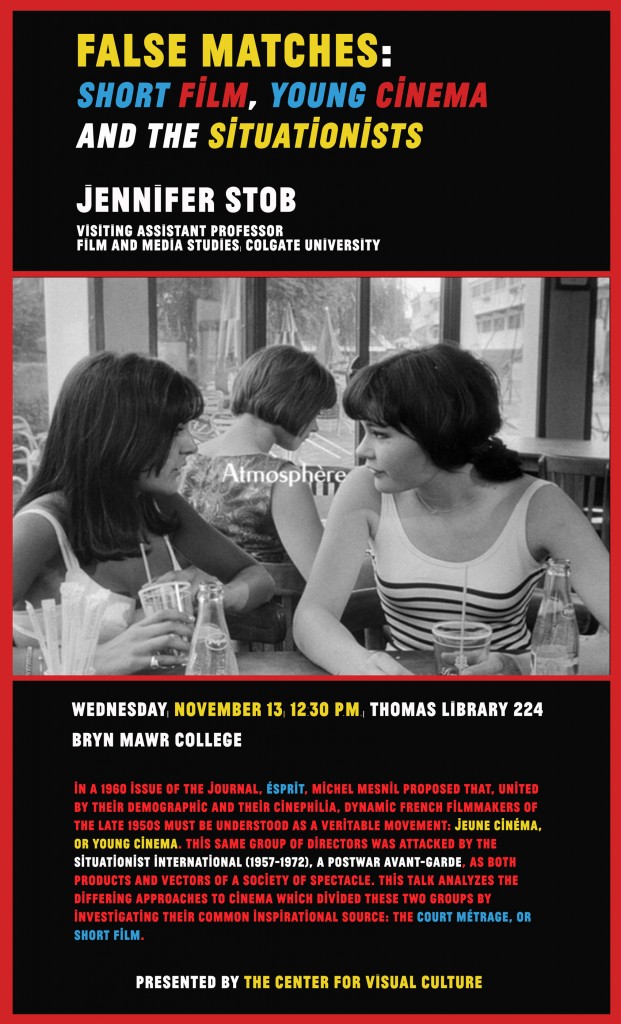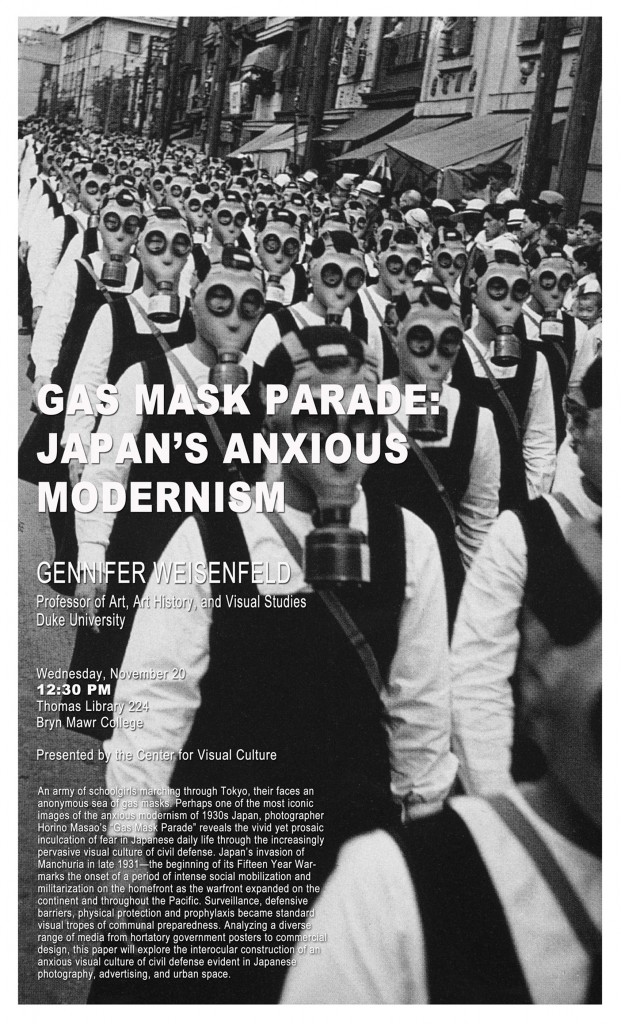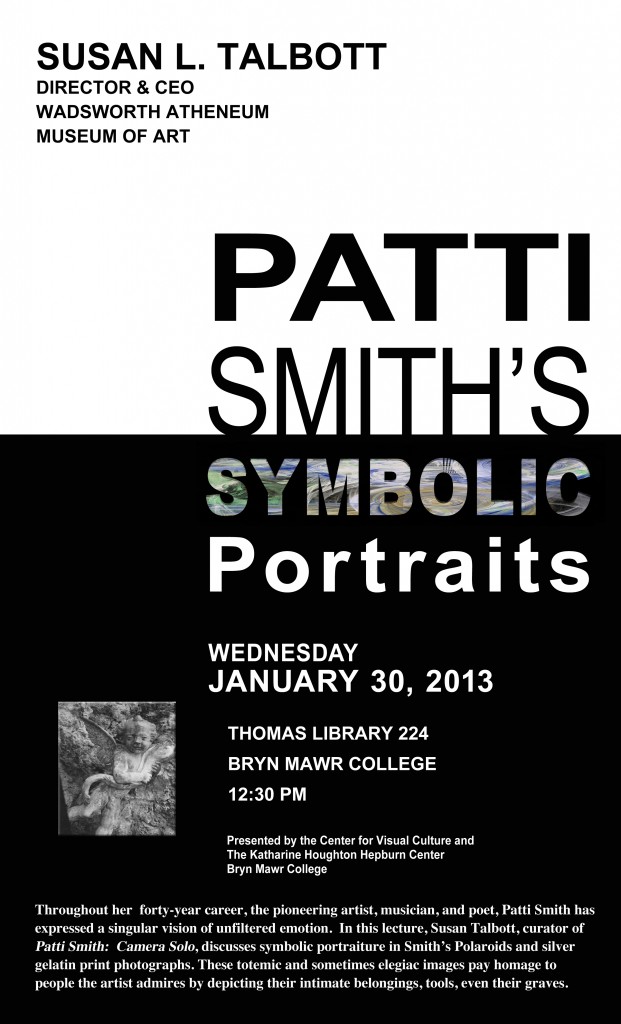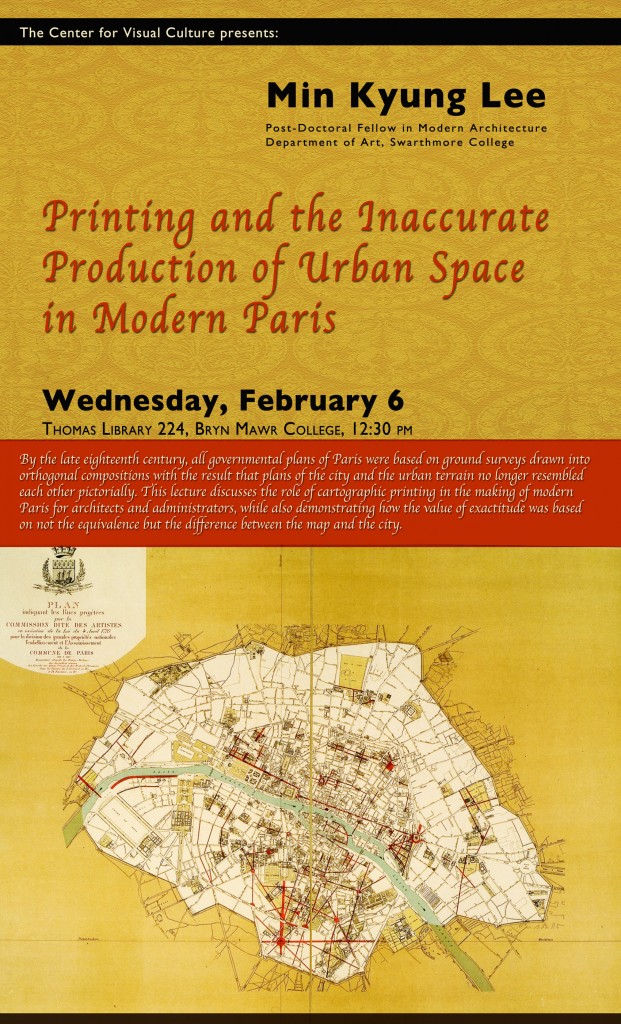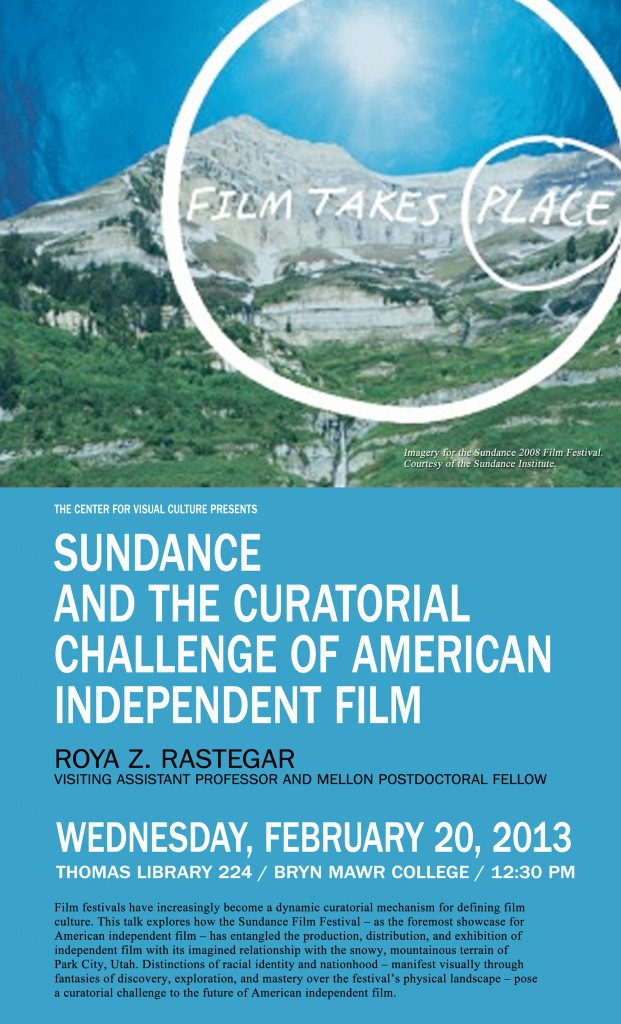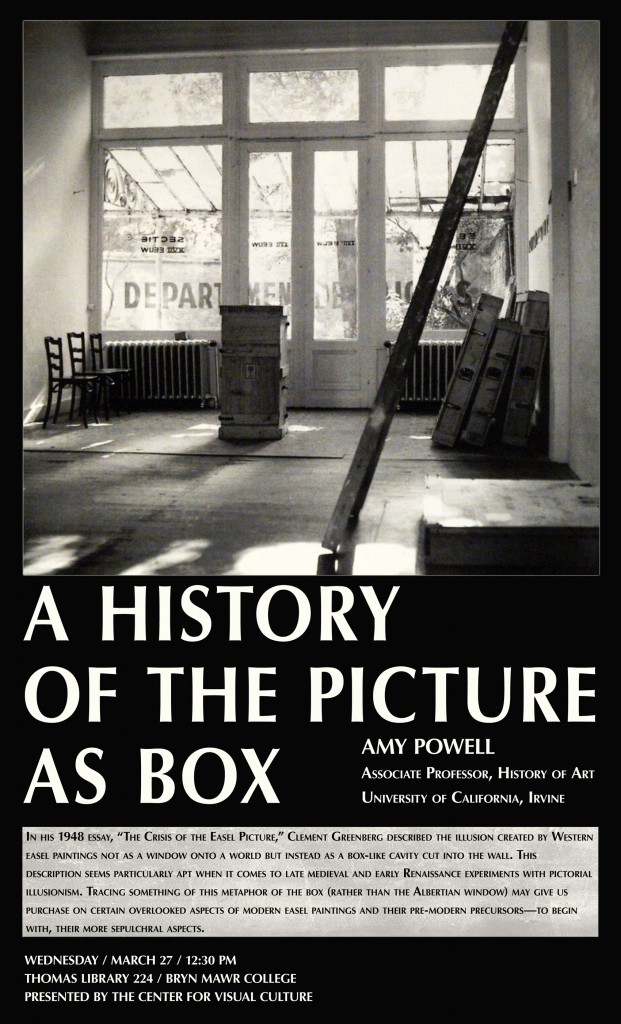“Aquí y Allá”: Migration, Art, and Social Justice
Friday, April 12, 7:00 pm
Bryn Mawr College, Thomas Library 224
*Refreshments offered prior to talk at 6:30pm*
“Aquí y Allá” is a short documentary chronicling a transnational public art project that connected Mexican immigrant students in Philadelphia with youth in Chihuahua, Mexico to create a permanent mural in South Philadelphia. Following the film screening, the panelists will discuss the immigrant rights movement and the critical role art plays in the struggle for social justice.
Panelists:
Michelle Angela Ortíz
Creator, Director, and Lead Artist of the “Aquí y Allá” Mural Project
Erika Almirón
Executive Director of JUNTOS, a Latino immigrant community-led non-profit organization in Philadelphia
Amada Armenta
Assistant Professor, Department of Sociology
University of Pennsylvania
Moderator:
Jennifer Harford Vargas
Assistant Professor, Department of English
Bryn Mawr College
Reception following panel in the Thomas London Room.
Free and open to the public.
Made possible by the generous support of the Bryn Mawr College Center for Visual Culture, the departments of English, History of Art, Spanish, and Growth and Structure of Cities, the Dean of Graduate Studies, the Pensby Center, the Graduate School of Social Work and Social Research, the Center for Social Science, the Program in Latin American, Latino, and Iberian Peoples and Cultures, and the 1902 Lecture Fund. Additional support provided by Enlace and the Intercultural Center, Swarthmore College.
